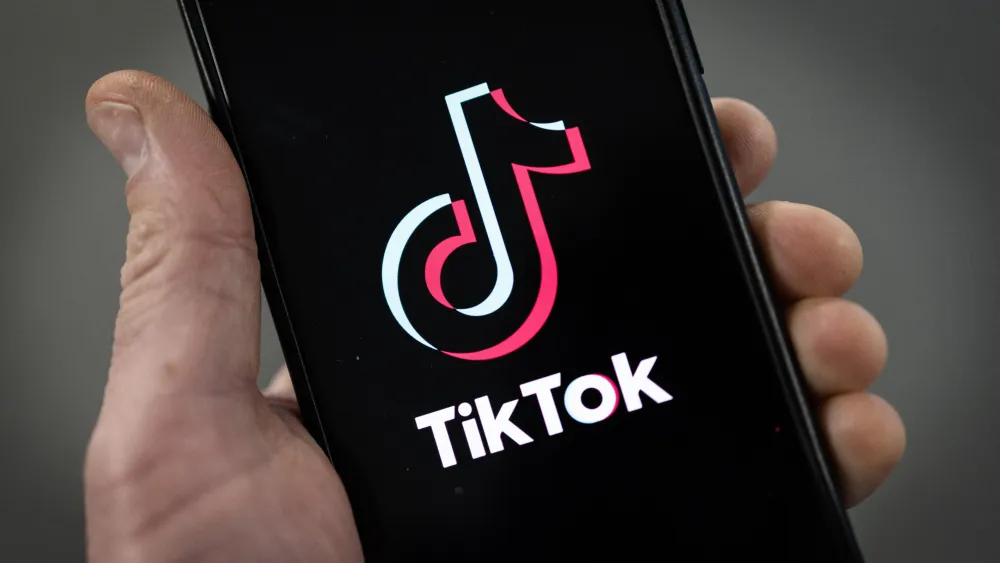How Are Songs by Ariana Grande, Camila Cabello, and Other Universal Music Artists Still Available on TikTok Amidst Ban?
The dispute between Universal Music Group (UMG) and TikTok regarding royalty payments and AI policies has led to a significant restriction on the availability of music owned, distributed, and published by UMG on the platform. While the videos remain on TikTok, the music is muted, creating a partial blackout.

However, despite this ban, new songs by UMG artists such as Ariana Grande, Camila Cabello, and Niall Horan continue to surface on TikTok. This raises questions about how and why these songs are accessible on the platform.
While representatives for both UMG and TikTok declined to comment, and a detailed explanation of the platform’s logistics can be complex, here are a few simplified explanations:
- Upload Permissions: Unlike streaming services where only rights-holders can upload music, TikTok allows virtually anyone to upload music, labeling them as “original sounds.” These sounds can be utilized by any user on the platform, potentially including the artists themselves. Once uploaded, rights-holders lose control over the music, relying on takedown notices for removal.
- Detection Challenges: TikTok’s detection software faces challenges, similar to YouTube’s experience over nearly two decades. Songs can be altered in pitch or tempo to evade detection. In the case of the mentioned artists, their songs were adjusted as “original sounds,” possibly eluding TikTok’s detection software.
- Limited Information Sharing: Sources suggest that UMG has stopped sharing information about new releases with TikTok, hindering the platform’s ability to detect and mute unauthorized music.
- Performance Exceptions: Songs performed on platforms like “Saturday Night Live” may not fall under the same legal terms as officially released UMG songs, possibly allowing them to bypass detection software.
UMG has criticized TikTok’s detection efforts, citing a lack of action against infringing content. The situation remains dynamic, with songs being removed upon notification or flagging. The ongoing dispute underscores the challenges of digital copyright enforcement, with potential implications for both sides until a resolution is reached or regulatory intervention occurs.
